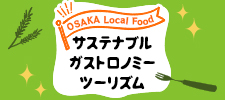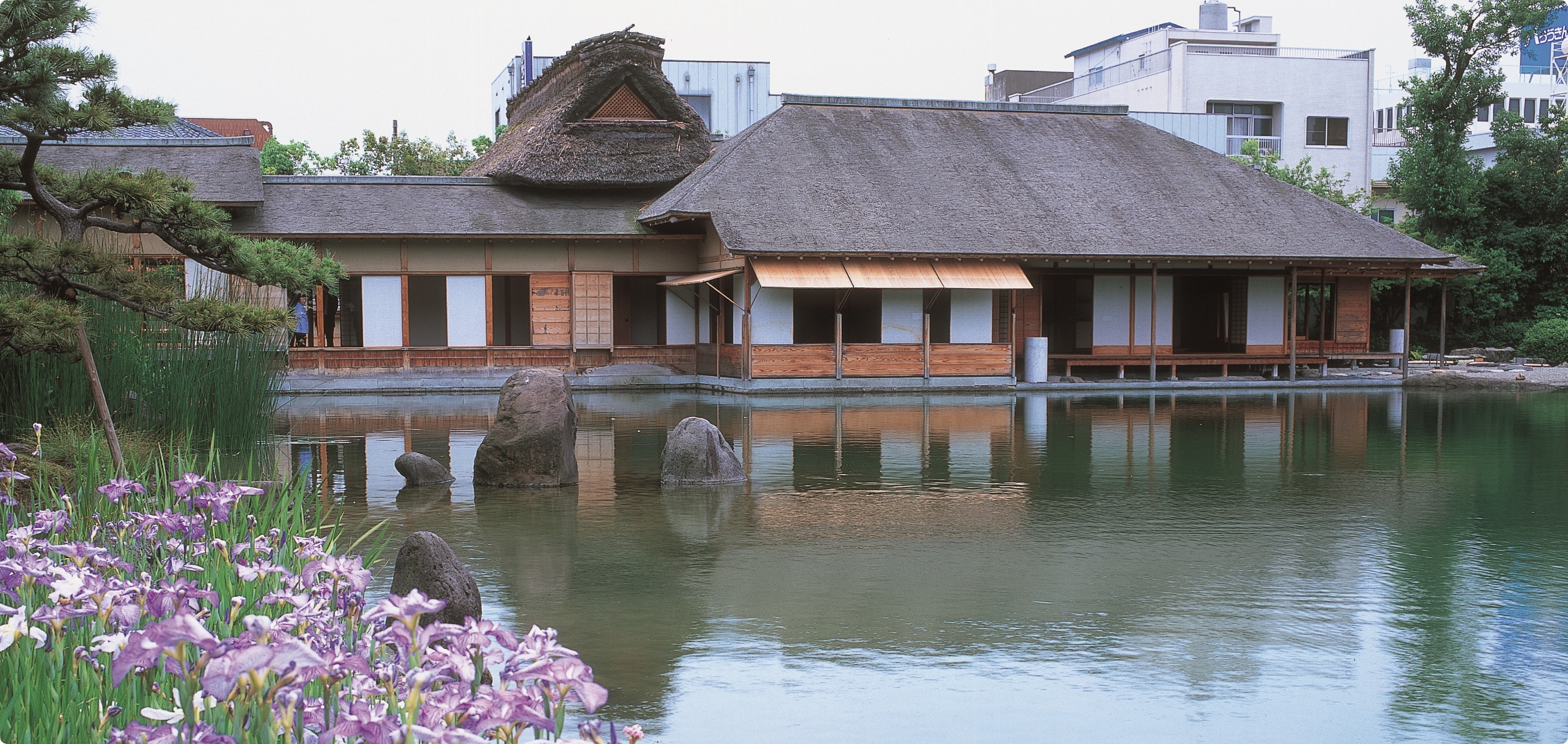DAY2 START!
Urushi no Sato Kaikan
Echizen Shikki are refined yet durable lacquerware with a history of over 1,500 years, designated as Traditional Crafts by the Ministry of Economy, Trade and Industry. The facility displays resources from which you can learn about the history of Echizen lacquerware. The artisan’s studio located next to it enables you to observe demonstrations by traditional craftsmen. What’s more, you can make your original lacquerware through three experiences: painting, engraving & application of gold powder, and lacquering.
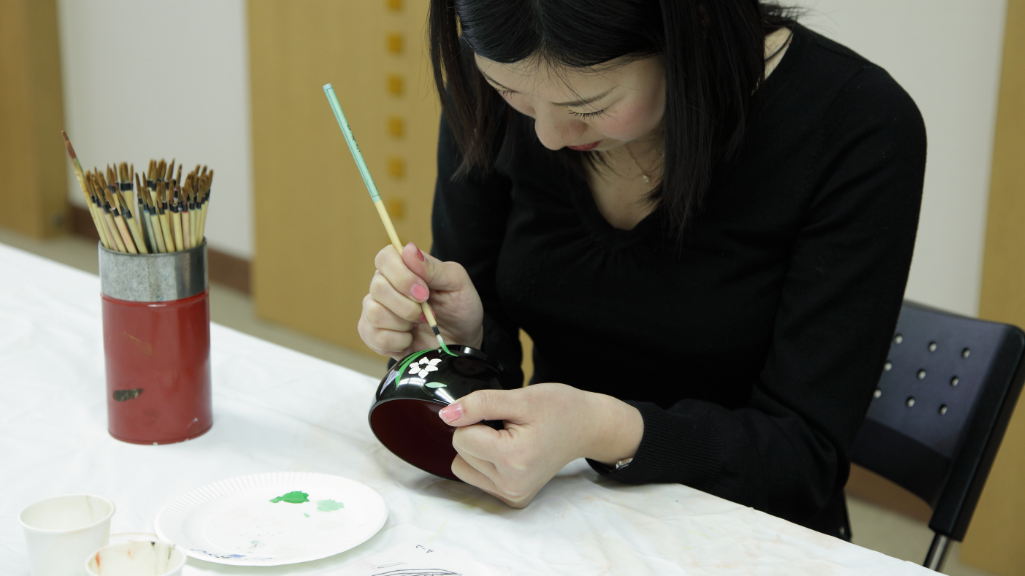


15minutes by Car
Kamakura
A restaurant specialized in “kamameshi (mixed rice cooked in a pot)” made with Koshihikari rice grown in Fukui Prefecture and seasonal seafood caught in the Japan Sea. As they are cooked after taking orders, you can savor freshly cooked fluffy rice. The restaurant offers over 20 kinds of kamameshi with plenty of seafood toppings, including the king of winter delights, Echizen crabs, pink shrimps, red sea breams, and “heshiko (fish pickled in rice bran).”

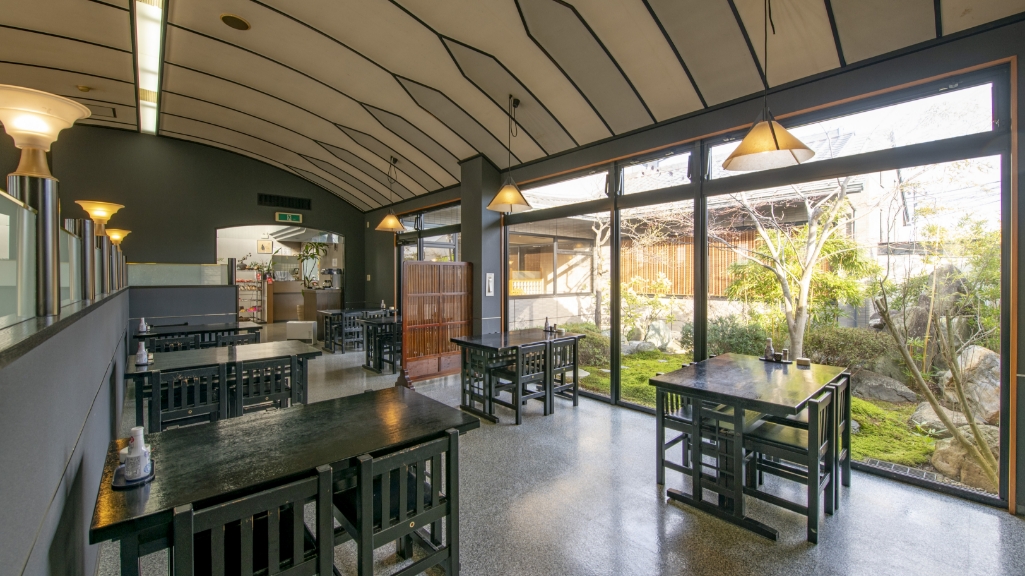
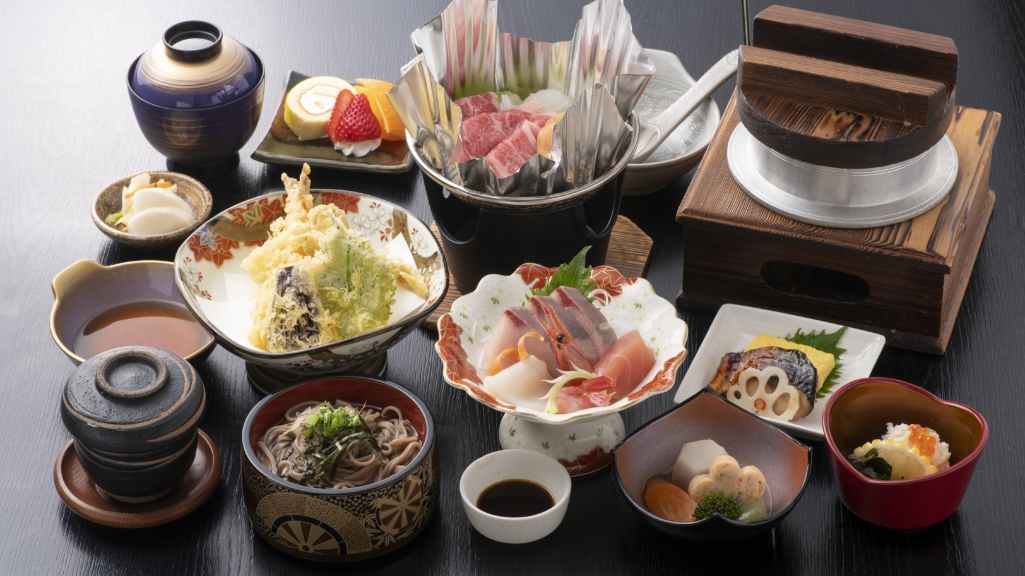
3minutes by Car
Megane Museum
Sabae City boasts a market share of 90% for eyewear production with domestically made frames. The facility enables you to look at eyeglasses, learn about them, and make them. You can purchase the latest frames made in Japan at “Eyewear Shop,” experience making your original frame and charm by choosing colors and shapes at the “Eyewear Making Studio,” and learn about the history of eyeglasses in depth at the Megane Museum.



25minutes by Car
Yokokan Garden
A strolling garden with a grove, a pond, and a building that once served as a Sukiya-style (traditional tearoom style) villa of the Matsudairas, who were a feudal family of the Fukui Domain. It is one of the most prominent gardens that represents the early to mid-Edo period (1603-1868), highly regarded in foreign countries. For instance, it was chosen as one of the top 10 “Japanese Gardens in Japan” for 17 consecutive years by a gardening journal in America.



5minutes by Car
Fukui Castle Ruin
Fukui Castle built in 1606 by Yuki Hideyasu, the second son of Tokugawa Ieyasu and the first feudal lord of the Fukui Domain, was a majestic castle where the Echizen Matsudairas thrived for some 270 years over 17 generations. Although there only remains the stone walls and a part of the moat, the size of the moat tells you how large the castle was. There is a well called “Fuku-no-I” (well of blessing), from which Fukui was named after, by what used to be the base of the castle keep. The stone walls are lit up after sunset every day, creating a magical scenery for you to enjoy.

5minutes by Car
Dinosaurs around Fukui Station
Moving statues of life-size dinosaurs that used to live in Fukui and 3D trick art that look like dinosaurs are coming out of the wall welcome visitors in the open area in front near the Fukui Station West Exit. There are also many dinosaur sculptures at the rooftop deck of Fukui City Tourism Center located by the East Exit, making it a popular photo spot.



5minutes by Car
Hotel Riverge Akebono
A stylish resort hotel located in the center of the city, facing lines of cherry trees along the riverbank of the Asuwa River, which was chosen as one of “Top 100 Best Cherry Blossom Sites.” The large public bath and the restaurant on the top floor offer a sweeping view of Fukui City.





